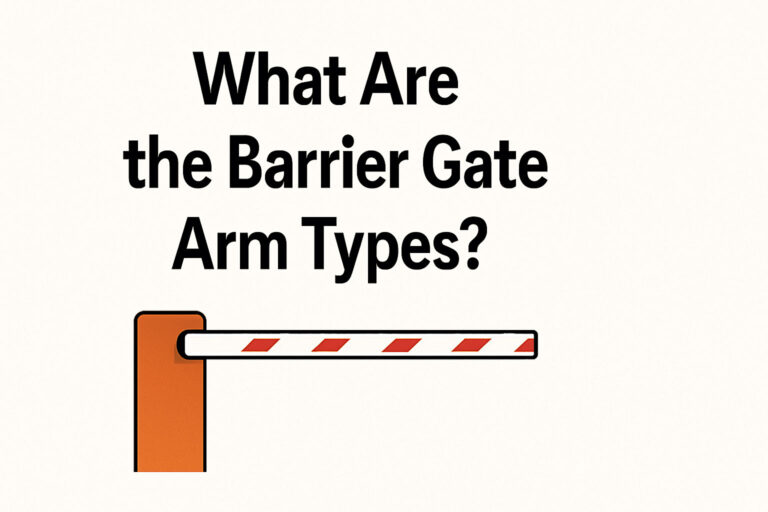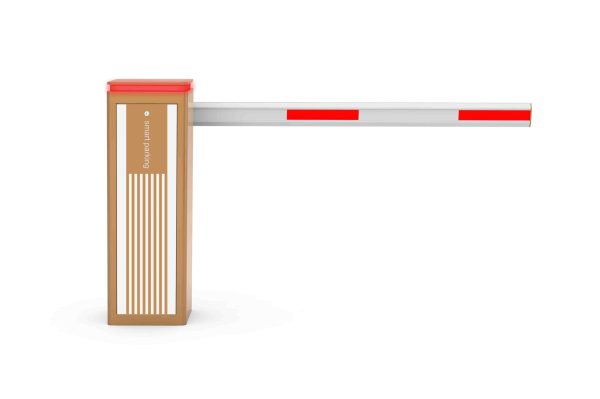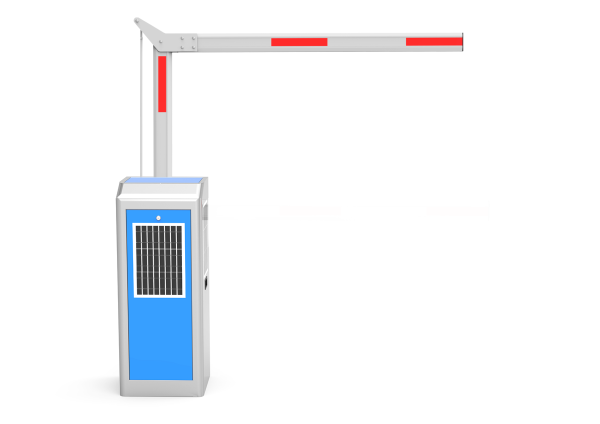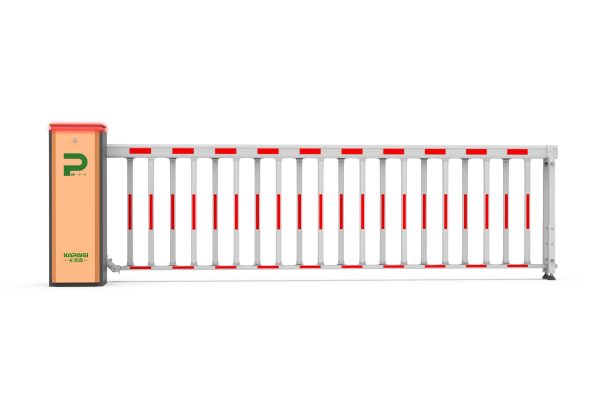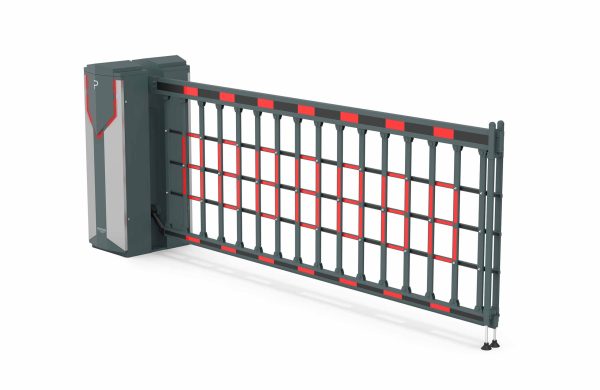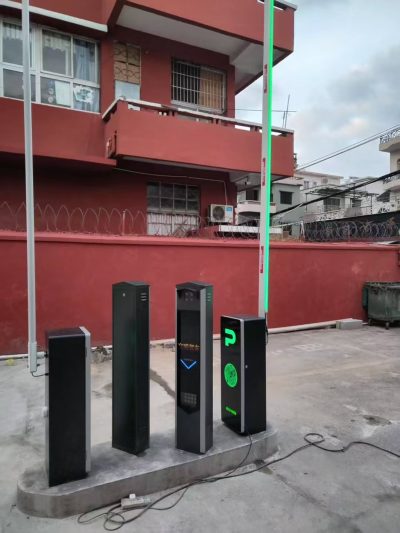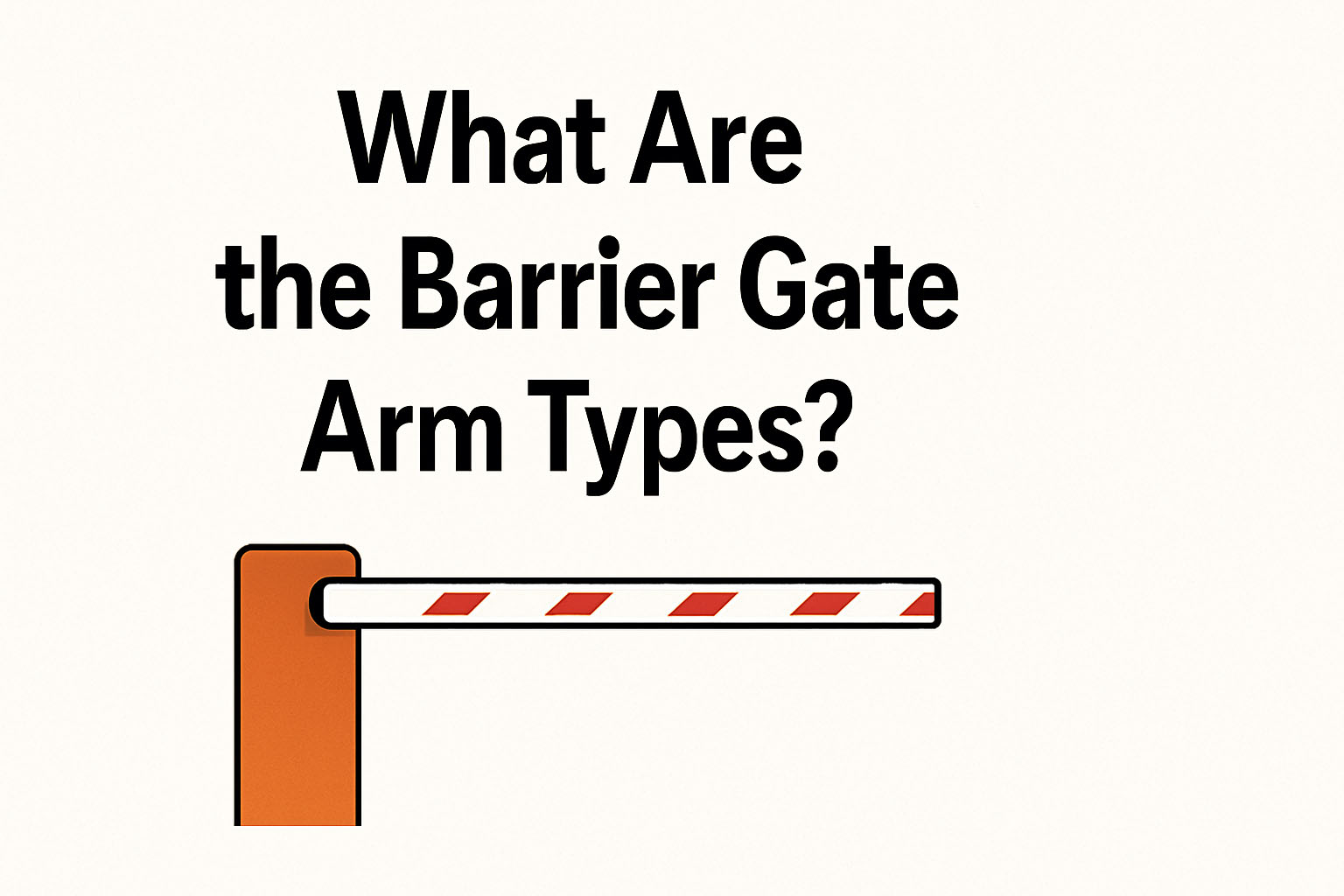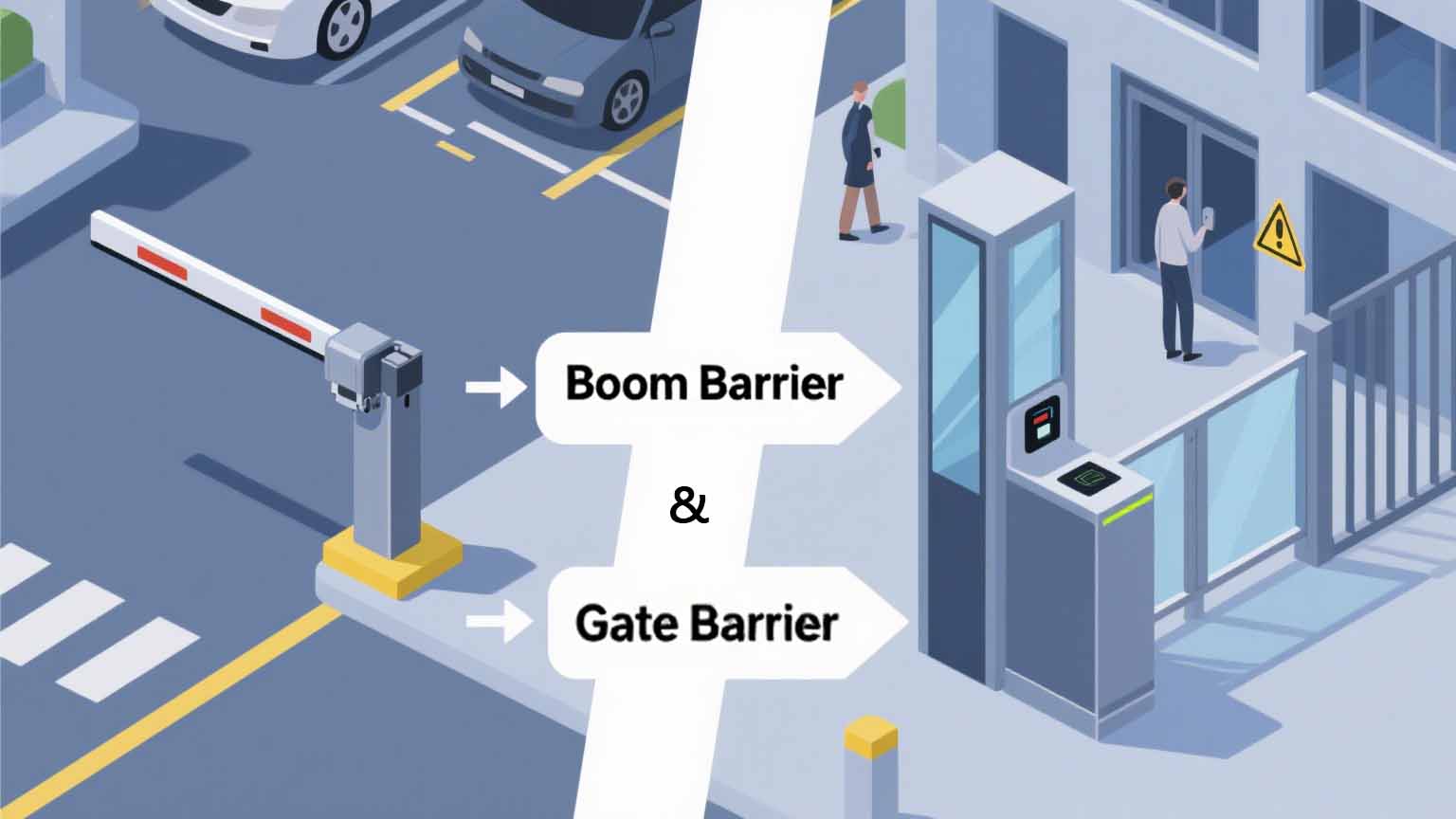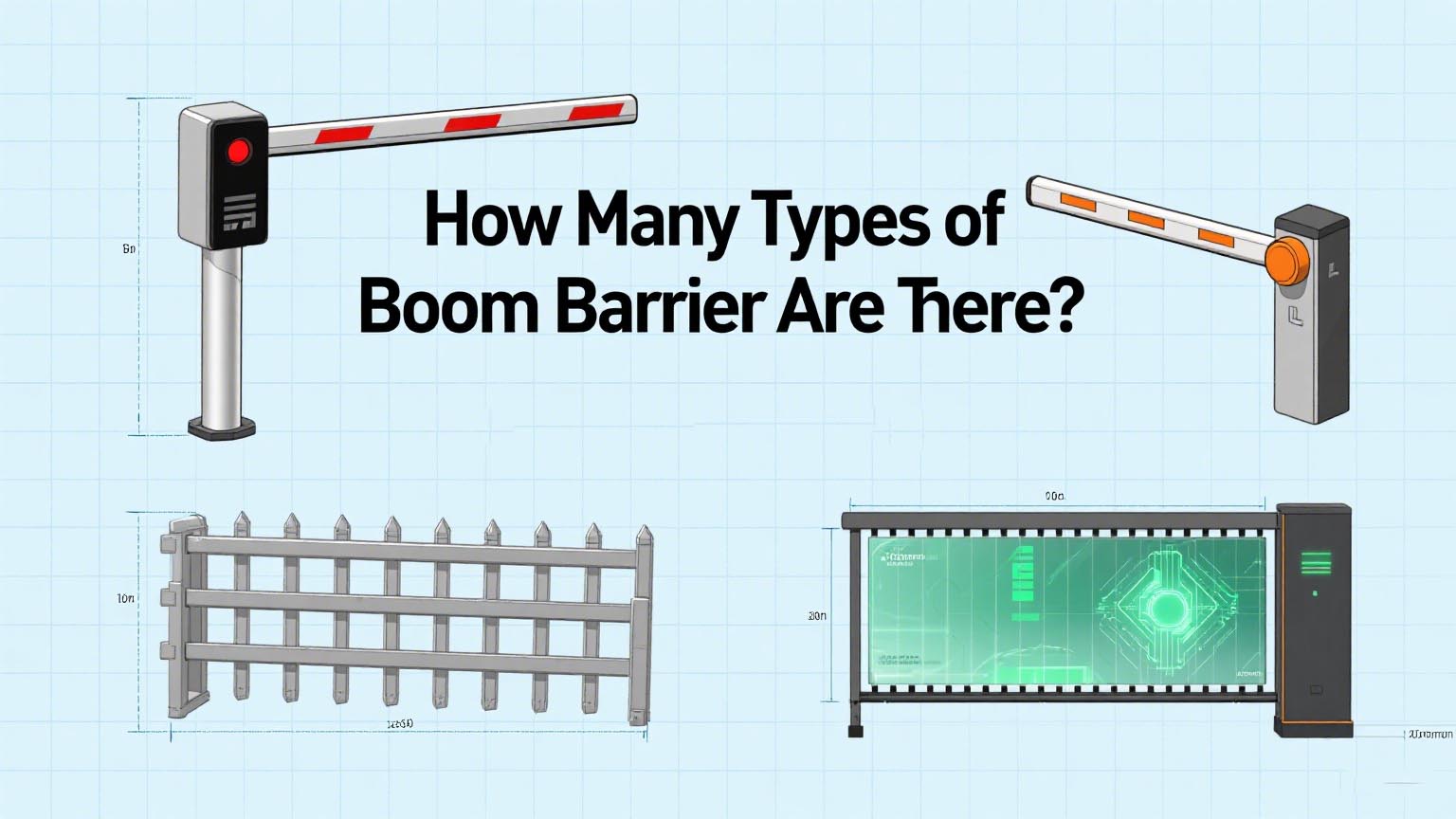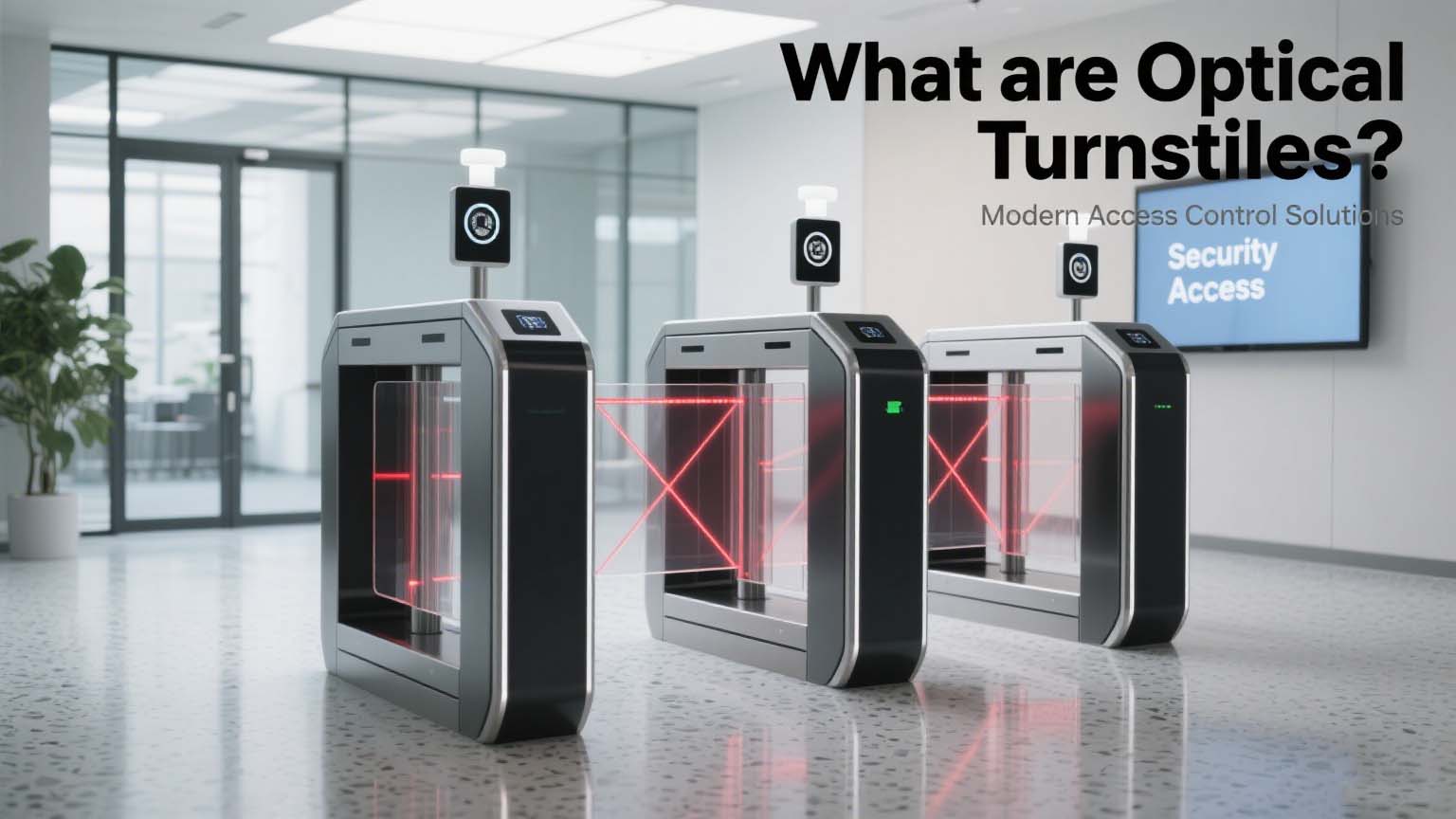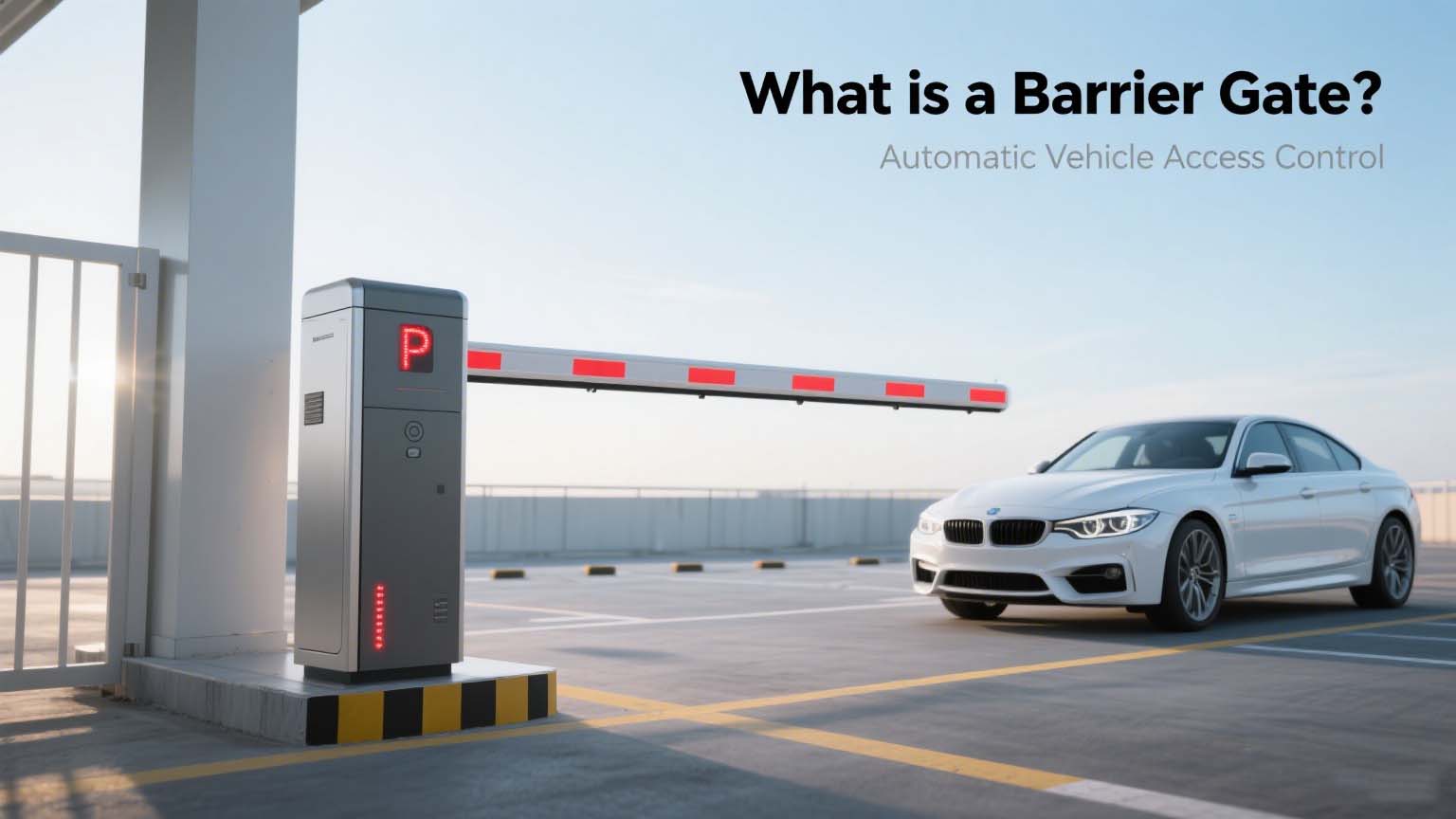Barrier gates are essential equipment for controlling vehicle access in parking lots, toll stations, residential communities, commercial complexes, and industrial facilities. While the motor, housing, and control system are important, the barrier arm is arguably the most visible and functional part of the system—it’s the component that physically blocks or allows vehicle passage.
Barrier gate arms come in various types, designs, and names, each suited for specific applications and operational needs. In this article, we’ll explore the different types of barrier gate arms, their features, alternative names, and ideal use cases.
1. Understanding Barrier Gate Arms
The barrier gate arm (also called a boom arm, boom pole, barrier boom, or simply “gate bar”) is the horizontal bar that moves up and down to block or open the driveway. The arm’s design affects:
- Security level– how effectively it prevents unauthorized entry.
- Durability– resistance to wind, weather, and mechanical stress.
- Safety– minimizing injury or vehicle damage in case of contact.
- Visibility – ensuring drivers can clearly see it, even at night.
2. Different Names for Barrier Gate Arms
Depending on region or industry, barrier gate arms can be referred to by various terms:
- Boom Arm– Common in Australia, UK, and many technical documents.
- Barrier Boom– Widely used in Asia and the Middle East.
- Gate Arm– Common in North America.
- Boom Pole– Informal term used by technicians and installers.
- Lifting Rod– A translated term used in some European and Asian countries.
Even though the names differ, they all describe the same component—the horizontal blocking element.
3. Types of Barrier Gate Arms
Barrier gate arms can be classified based on material, shape, and functionality. Here are the main types:
3.1. Straight Arm (Standard Boom Arm)
Description: The most common type, consisting of a single straight pole that lifts vertically to allow passage.
Features:
- Simple design, easy maintenance.
- Usually made from aluminum alloy for strength and lightweight operation.
- Length typically ranges from 2 to 6 meters (6.5 to 20 feet).
- Can be painted with reflective stripes for visibility.
Applications:
- Parking lots.
- Toll gates.
- Industrial entrances with limited space requirements.
Advantages:
- Reliable in low to moderate wind conditions.
- Quick opening and closing.
Disadvantages:
- Not ideal for very windy areas—long arms can sway.
3.2. Folding Arm (Articulated Arm)
Description: Also called an articulating arm, this type is hinged in the middle, allowing the arm to fold as it rises.
Features:
- Designed for low-ceiling areas such as underground parking garages.
- The arm folds into two or more sections when raised.
- Operates in spaces where a full-length vertical lift is impossible.
Applications:
- Underground parking entrances.
- Car park buildings with low height clearance.
Advantages:
- Works where straight arms cannot fit.
- Maintains same blocking length as straight arms.
Disadvantages:
- Slightly more expensive due to hinges and extra joints.
- More moving parts mean higher maintenance.
3.3. Fence Arm (Barrier Gate with Skirt)
Description: A barrier arm with an attached fence structure underneath, also called a skirt arm or barrier fence arm.
Features:
- Prevents both vehicles and pedestrians from passing underneath the boom.
- Skirt can be single-layer or double-layer for added security.
- Common in high-security areas.
Applications:
- Industrial facilities.
- Toll stations.
- Restricted zones (military, airports).
Advantages:
- Enhanced security—no crawling under.
- Acts as both a visual and physical deterrent.
Disadvantages:
- Heavier—requires a more powerful motor.
- Slightly slower operation due to added weight.
3.4. Two-Level Fence Arm (Full Barrier Gate Fence)
Description: Similar to the fence arm, but with two levels of barrier—a top boom arm and a lower boom arm connected by vertical rods.
Features:
- Completely blocks the passage vertically.
- Often looks like a small gate instead of just a pole.
Applications:
Locations where pedestrian control is equally important as vehicle control.
Advantages:
- Maximum security.
- Prevents people from slipping through.
Disadvantages:
- More expensive.
- Heavy, so not suitable for very fast operation.
3.5. Advertising Barrier Arm
Description: A barrier arm with panels or lightboxes for advertising space.
Features:
- Can display printed ads or LED digital screens.
- Often used in commercial parking lots for extra revenue.
Applications:
- Shopping malls.
- Event venues.
- Paid parking facilities.
Advantages:
- Generates advertising income.
- Enhances aesthetic appeal.
Disadvantages:
- Slightly heavier than standard arms.
- Must be regularly updated with new ads.
3.6. Telescopic Arm (Extendable Arm)
Description: An arm with a sliding mechanism allowing its length to be adjusted.
Features:
- Useful for entrances with varying lane widths.
- Allows one barrier gate model to serve different installation needs.
Applications:
- Temporary event parking.
- Construction sites.
Advantages:
- Saves the need to buy different arm lengths.
Disadvantages:
- More complex mechanism, higher maintenance.
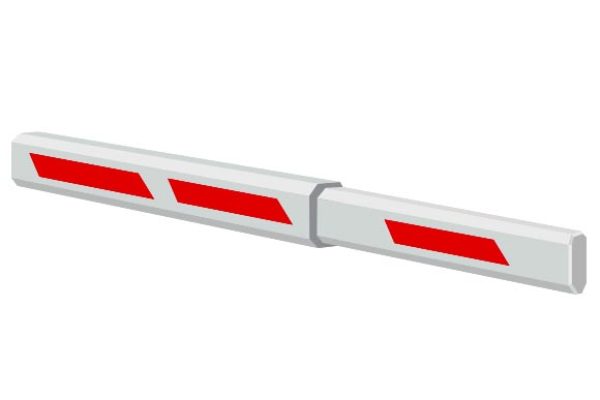
3.7. Octagonal or Round Tube Arm
Description: Instead of a flat rectangular boom, this uses a tube-shaped arm—either round or octagonal.
Features:
- Reduces wind resistance.
- Durable in outdoor, windy conditions.
Applications:
- Coastal areas.
- Locations with frequent storms.
Advantages:
- More stable in strong winds.
- Long lifespan.
Disadvantages:
- May be less visible without added reflective stickers.
3.8. LED Illuminated Arm
Description: An arm with built-in LED lights that illuminate during operation.
Features:
- Lights can be red, green, or flashing.
- Enhances visibility at night and in poor weather.
Applications:
- High-traffic toll gates.
- Nighttime parking facilities.
Advantages:
- Improves safety.
- Professional and modern appearance.
Disadvantages:
- Requires electrical connection for LEDs.
4. Choosing the Right Barrier Gate Arm
When selecting a barrier arm, consider:
- Installation Environment – Indoor, outdoor, windy areas, low ceiling height.
- Traffic Volume – High-speed arms for busy locations, standard arms for moderate use.
- Security Level – Skirt/fence arms for higher security needs.
- Aesthetic Needs – Advertising arms for commercial venues.
- Budget – Simple straight arms are most cost-effective; specialized arms cost more.
5. Summary Table of Barrier Gate Arm Types
| Arm Type | Alternate Name(s) | Best For | Key Advantage | Key Disadvantage |
| Straight Arm | Boom arm, gate arm | General use | Affordable, reliable | Not ideal for windy areas |
| Folding Arm | Articulated arm | Low ceiling areas | Fits small spaces | More moving parts |
| Fence Arm | Skirt arm | High security | Stops pedestrians | Heavier |
| Two-Level Fence Arm | Full gate arm | Maximum security | Complete blockage | Expensive |
| Advertising Arm | Ad boom | Commercial lots | Generates revenue | Heavier |
| Telescopic Arm | Extendable arm | Variable entrances | Flexible length | Higher maintenance |
| Tube Arm | Round/octagonal boom | Windy areas | Wind-resistant | Less visible |
| LED Arm | Illuminated boom | Night traffic | High visibility | Requires power |
Final Thoughts
Barrier gate arms are more than just simple poles—they are customizable components designed to meet diverse operational needs. From basic straight arms for everyday parking control to high-security fence arms that prevent unauthorized pedestrian access, each type serves a unique purpose.
When choosing the right arm, think beyond just the length—consider security requirements, environmental factors, visibility, and even revenue potential through advertising. By matching the correct barrier arm type to the application, facility managers can improve traffic control efficiency, safety, and long-term durability.

